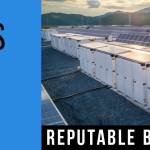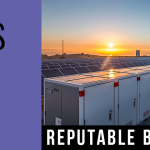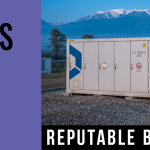
As California experienced uncharacteristically low precipitation in February, normally its peak rainy season, parts of the state are moving into drought conditions. This is likely to increase wildfire prevalence in the state in 2020, and it underscores the point that communities need to be thinking about a range of strategies to increase their resilience to wildfires. One of these strategies is the way that communities approach their electricity systems.
Distributed energy resources (DERs)—such as on-site solar, battery energy storage, and microgrids—can both help decrease the likelihood of wildfires and protect communities from their worst effects. City governments have an important role to play to help accelerate deployment of these technologies and solutions by lowering the barriers to adoption, investing in critical facilities and community microgrids, enhancing energy efficiency, and engaging in utility planning and regulatory processes.
Wildfires Cause Disproportionate Harm to Our Most Vulnerable Communities
The fires in California have recently shown us that severe climate-related emergencies are the new normal (California’s wildfire “season” is becoming a year-round phenomenon), and the costs can be astronomical. The economic impacts of the 2018 fires alone have been estimated at $400 billion—nearly twice the biennial budget for the entire state. The costs of the mandatory blackouts, or Public Safety Power Shutoffs (PSPSs), that California utilities have been implementing to try to avoid additional wildfire damage are exorbitant as well. Consider, for example, the cost of outages on schools: the PSPS implemented by PG&E during the Kincade Fire caused approximately 500,000 students to miss school, at an estimated societal cost of $14 million dollars per day.
Those most affected by wildfire impacts are the elderly, the very young, the medically vulnerable, and low-income communities, which are disproportionately communities of color. A nationwide study by researchers at the University of Washington showed that Native Americans are six times more vulnerable to wildfire impacts than whites. Blacks and Hispanics are about 50 percent more vulnerable. These communities struggle to pay for fire safety measures and insurance before an event and for rebuilding after an event. These vulnerabilities are further heightened by price-gouging on rentals in the wake of wildfires, exacerbating California’s housing shortage. During and after these events, the rich tend to leave and the poor tend to stay; poverty rates can climb by a full percentage point in areas hit by major disasters.
Cities Must Lead in Promoting Resilience Solutions
While companies can leave in the wake of disasters, cities cannot. Local governments are responsible to their residents and to the local businesses and institutions who remain or return. Cities need to protect their local economies and retain employers and workers. Building resilience is an essential part of that equation.
One way in which cities are acting to build resilience is by taking greater control of their energy systems. At the extreme end of the spectrum, San Jose and San Francisco are evaluating the potential to municipalize their energy systems (i.e., buying the local electricity infrastructure and running it as a city utility), which could allow them to emphasize investments like local microgrids in their resource planning. Others are using their community choice aggregation programs to implement similar solutions.





